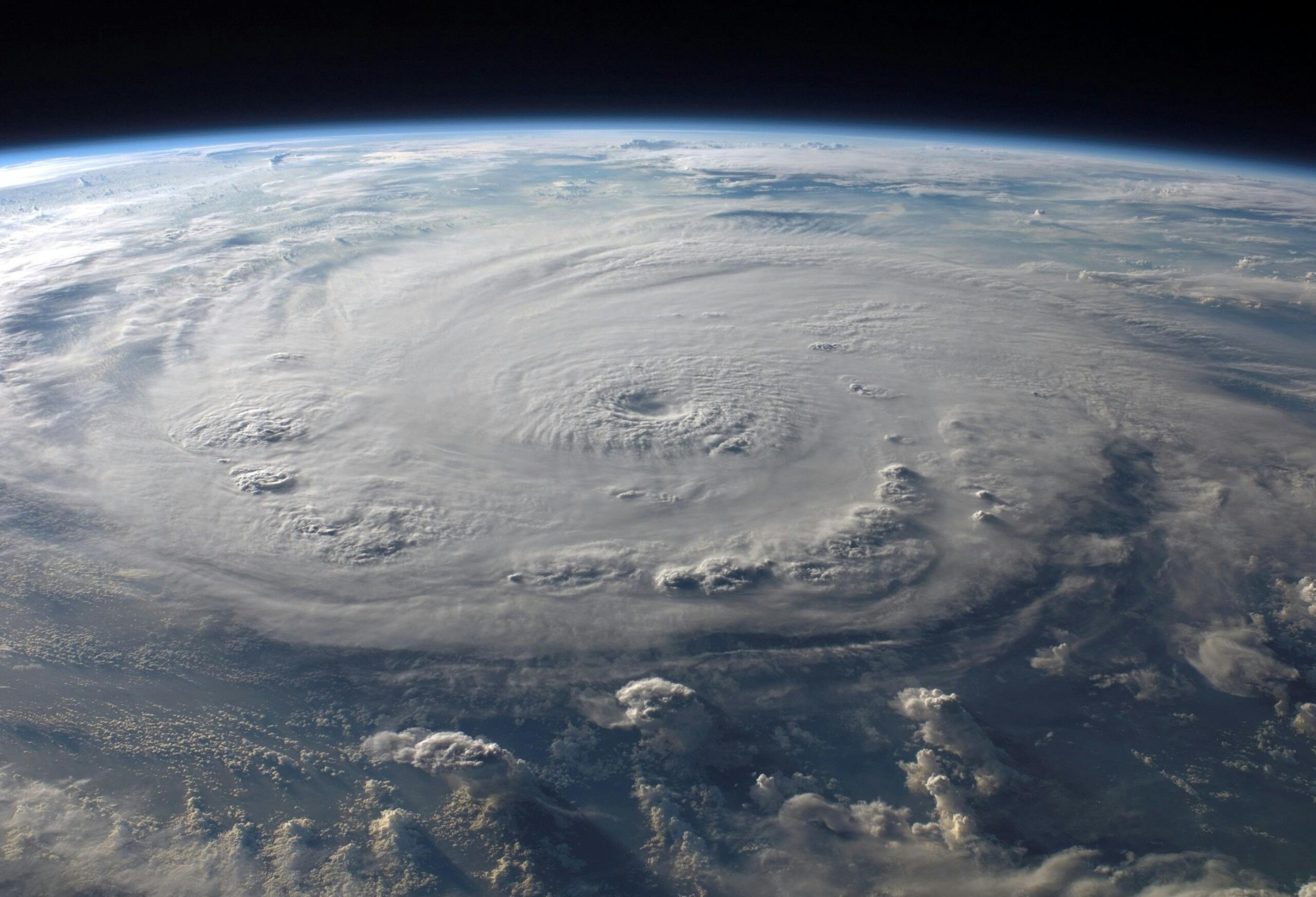Decoding Hurricane Deductibles: A Homeowner’s Guide
Living in a hurricane-prone area means understanding the intricacies of your home insurance policy, especially the hurricane deductible. This isn’t just another term in your policy; it’s a critical component that determines how much you’ll pay out-of-pocket when a hurricane causes damage to your home. This guide will break down everything you need to know about understanding home insurance hurricane deductibles, helping you make informed decisions and protect your finances.
Homeowners insurance is designed to protect your dwelling from various perils, including wind, hail, and fire. However, in coastal states and other areas susceptible to hurricanes, insurance companies often implement specific hurricane deductibles. These deductibles are generally higher than standard deductibles for other types of damage. Understanding the difference is crucial for financial preparedness.
A standard deductible might be a fixed dollar amount, such as $500 or $1,000. A hurricane deductible, on the other hand, is often a percentage of your home’s insured value. This percentage can range from 1% to 5% or even higher, depending on your insurance company and your state’s regulations. If your home is insured for $300,000 and you have a 3% hurricane deductible, you would be responsible for paying $9,000 before your insurance coverage kicks in. Understanding this potential financial burden is the first step toward protecting yourself.
It’s also important to regularly review your homeowners insurance policy. As your home’s value changes, your coverage needs may change as well. This will ensure that your hurricane deductible aligns with your financial situation and risk tolerance.
Understanding Home Insurance Hurricane Deductibles: What You Need to Know
Understanding home insurance hurricane deductibles begins with recognizing that it’s a separate and often higher deductible that applies specifically to damages caused by a hurricane. It’s essential to know the specific details of your policy, including the percentage or dollar amount of your deductible, and under what circumstances it applies. Many homeowners are surprised to learn about this deductible only after a storm hits, leading to unexpected financial strain.
Hurricane deductibles were introduced to help insurance companies manage the financial risks associated with hurricane damage in high-risk areas. By implementing higher deductibles, insurers can reduce their exposure and continue to offer coverage in these regions. However, this means that homeowners bear a greater portion of the initial cost of repairs.
One of the most important things you can do is to read your insurance policy carefully. Pay attention to the section that outlines your hurricane deductible, and make sure you understand the triggering event. Some policies specify that a hurricane deductible applies only when a hurricane is officially declared by the National Weather Service. Others may apply the deductible based on wind speeds or proximity to the storm’s path.
Moreover, understand what is covered by your homeowners insurance policy. Typically, it covers damage to the structure of your home, including the roof, walls, and windows. It may also cover damage to personal property, such as furniture and appliances, although there may be separate deductibles for these items. Flood damage, however, is generally not covered by standard homeowners insurance and requires a separate flood insurance policy. Consider reading more about flood insurance availability and coverage to protect your home fully. You can also learn about how to complete a flood risk assessment to better understand your risk profile.
In addition to understanding your coverage, consider taking steps to mitigate potential damage from hurricanes. Simple measures, such as reinforcing windows and doors, trimming trees, and securing loose objects, can significantly reduce the likelihood of costly repairs. Investing in these preventive measures can not only protect your home but also potentially lower your insurance premiums.
Hurricane Deductible Types: Percentage vs. Dollar Amount
Hurricane deductibles come in two primary forms: percentage deductibles and dollar amount deductibles. Each type has its implications for homeowners, and understanding the differences is crucial for making informed decisions about your insurance coverage.
Percentage Deductibles: As mentioned earlier, a percentage deductible is calculated as a percentage of your home’s insured value. For instance, if your home is insured for $400,000 and your hurricane deductible is 2%, you would be responsible for paying $8,000 before your insurance coverage begins. The primary advantage of a percentage deductible is that it adjusts automatically with the value of your home. However, it can also result in a significantly higher out-of-pocket expense compared to a fixed dollar amount, especially for higher-valued homes.
Dollar Amount Deductibles: A dollar amount deductible, on the other hand, is a fixed amount that you must pay before your insurance coverage kicks in. For example, if your hurricane deductible is $5,000, you would pay this amount regardless of your home’s insured value. The advantage of a dollar amount deductible is its predictability. You know exactly how much you’ll need to pay in the event of a covered loss. However, it may not provide adequate coverage if your home is significantly undervalued.
The choice between a percentage deductible and a dollar amount deductible depends on your individual circumstances and risk tolerance. If you prefer predictability and are comfortable with a lower out-of-pocket expense, a dollar amount deductible may be the better option. If you prioritize comprehensive coverage and are willing to pay a higher deductible, a percentage deductible may be more suitable. Always consider your financial situation and potential exposure to hurricane damage when making this decision.
Furthermore, some insurance companies may offer a hybrid approach, allowing you to choose a deductible that falls somewhere between a low dollar amount and a high percentage. It’s crucial to explore all available options and select the one that best aligns with your needs.
When Does a Hurricane Deductible Apply?
One of the most confusing aspects of understanding home insurance hurricane deductibles is determining when it actually applies. The triggering event for a hurricane deductible can vary depending on your insurance policy and state regulations. It’s essential to know the specific criteria outlined in your policy to avoid surprises after a storm.
In many cases, a hurricane deductible is triggered when a hurricane is officially declared by the National Weather Service (NWS). This declaration typically includes specific geographic areas and timeframes. If your home sustains damage during the declared period and within the designated area, your hurricane deductible will apply.
However, some policies may have different triggering mechanisms. For example, a hurricane deductible may apply based on the wind speed in your area, regardless of whether a hurricane is officially declared. Other policies may consider the proximity of your home to the storm’s path. It’s crucial to carefully review your policy and understand the exact conditions that trigger your hurricane deductible.
It’s also important to note that some policies may have a waiting period before the hurricane deductible applies. This means that the deductible may not apply if the damage occurs within a certain number of hours after the hurricane is declared. Understanding these nuances can help you accurately assess your potential financial exposure.
To clarify when your hurricane deductible applies, consider contacting your insurance agent or company representative. They can provide a detailed explanation of your policy’s terms and conditions and answer any questions you may have. It’s always better to be informed and prepared than to face unexpected expenses after a hurricane.
Additionally, consider the scenario where a storm is initially classified as a tropical storm but later intensifies into a hurricane. Your policy should clearly state whether the hurricane deductible applies retroactively to the entire event or only from the point at which the storm was officially classified as a hurricane.
How Hurricane Deductibles Impact Your Premium
The size of your hurricane deductible can significantly impact your homeowners insurance premium. Generally, a higher hurricane deductible will result in a lower premium, while a lower deductible will lead to a higher premium. This is because the deductible represents the amount you’re willing to pay out-of-pocket, reducing the insurance company’s financial risk.
Insurance companies assess risk based on various factors, including the likelihood and potential severity of claims. In hurricane-prone areas, the risk of hurricane damage is higher, which is why hurricane deductibles are often implemented. By increasing your deductible, you’re essentially sharing more of the risk with the insurance company, resulting in a lower premium.
However, it’s essential to strike a balance between a lower premium and a manageable deductible. While a high deductible may save you money on your premium, it also means you’ll need to pay a larger amount out-of-pocket if your home sustains hurricane damage. Consider your financial situation and risk tolerance when choosing your deductible. Can you comfortably afford to pay the deductible amount if a hurricane strikes? If not, a lower deductible may be the better option, even if it means paying a higher premium.
Another factor to consider is the potential for multiple hurricanes in a single year. Some policies may have a per occurrence deductible, meaning that you’ll need to pay the deductible for each separate hurricane event. Other policies may have an annual deductible, meaning that you’ll only need to pay the deductible once per year, regardless of how many hurricanes occur. Understanding these details can help you budget for potential expenses.
Furthermore, explore potential discounts that may be available to you. Some insurance companies offer discounts for homeowners who take steps to mitigate hurricane damage, such as installing hurricane shutters or reinforcing their roofs. Taking these proactive measures can not only protect your home but also potentially lower your insurance premium. It’s also a good idea to consider reading why homeowners insurance premiums are rising to understand current market trends.
Navigating the Claims Process After a Hurricane
After a hurricane strikes and your home sustains damage, it’s crucial to navigate the claims process effectively. This process involves documenting the damage, notifying your insurance company, and working with an adjuster to assess the loss and receive compensation for repairs.
The first step in the claims process is to document the damage thoroughly. Take photos and videos of all affected areas, including both the interior and exterior of your home. Be sure to capture the full extent of the damage, including structural damage, water damage, and damage to personal property. This documentation will serve as evidence to support your claim.
Next, notify your insurance company as soon as possible. Most policies have a time limit for filing claims, so it’s important to act quickly. Provide your insurance company with all relevant information, including your policy number, contact information, and a brief description of the damage. Be prepared to answer questions about the circumstances of the damage and the extent of the loss.
After you file your claim, your insurance company will assign an adjuster to assess the damage. The adjuster will inspect your home, review your documentation, and estimate the cost of repairs. It’s important to cooperate with the adjuster and provide them with any additional information they may need. However, you also have the right to hire your own independent adjuster to represent your interests. Consider reading about reasons why you might not need a public insurance adjuster to make an informed decision.
Once the adjuster has completed their assessment, your insurance company will provide you with a settlement offer. Review the offer carefully and make sure it adequately covers the cost of repairs. If you disagree with the offer, you have the right to negotiate with the insurance company. Be prepared to provide additional documentation or evidence to support your claim.
Finally, once you reach a settlement agreement, your insurance company will issue payment for the repairs. Be sure to use qualified and licensed contractors to complete the work. Keep detailed records of all expenses, including receipts and invoices. This documentation will be useful if any issues arise during the repair process.
Understanding the claims process can help you navigate it more smoothly and ensure that you receive fair compensation for your hurricane damage.
Tips for Lowering Your Hurricane Deductible Costs
While understanding home insurance hurricane deductibles is important, finding ways to lower these costs can significantly ease the financial burden on homeowners. Here are some strategies you can employ to potentially reduce your hurricane deductible expenses:
Shop Around: Insurance rates and deductible options can vary significantly between companies. Obtain quotes from multiple insurers to find the most competitive rates and deductible options. Compare the coverage and deductibles offered by each company to make an informed decision. Remember to look beyond just the premium and consider the overall value of the policy.
Increase Your Deductible: As mentioned earlier, a higher deductible typically results in a lower premium. If you can comfortably afford to pay a higher deductible in the event of a hurricane, consider increasing your deductible to lower your premium. However, be sure to carefully assess your financial situation and risk tolerance before making this decision.
Take Mitigation Measures: Some insurance companies offer discounts for homeowners who take steps to mitigate hurricane damage. These measures may include installing hurricane shutters, reinforcing your roof, trimming trees, and securing loose objects. Contact your insurance company to inquire about available discounts and the specific requirements for each mitigation measure. You can learn more about preparing for hurricanes with a comprehensive guide from Beach Insurance LLC.
Maintain Your Home: Regular home maintenance can help prevent damage from hurricanes and other perils. Inspect your roof, walls, and windows regularly and make any necessary repairs. Keep your gutters clean and clear of debris. Address any potential issues before they escalate into costly repairs. By maintaining your home, you can reduce the likelihood of filing a claim and potentially lower your insurance premium. You can review important maintenance tips at 6 vital homeowner maintenance tips.
Bundle Your Insurance Policies: Many insurance companies offer discounts to customers who bundle multiple policies, such as homeowners insurance and auto insurance. If you have multiple insurance needs, consider bundling your policies with the same company to save money on your premiums. This can result in significant savings over time.
Review Your Policy Annually: Insurance rates and coverage options can change over time. Review your homeowners insurance policy annually to ensure that it still meets your needs and that you’re getting the best possible rate. Shop around for quotes from other companies to see if you can find a better deal. By actively managing your insurance coverage, you can potentially lower your hurricane deductible costs.
By implementing these tips, you can take proactive steps to lower your hurricane deductible costs and protect your finances.
For more information on homeowners insurance and hurricane preparedness, consult resources from reputable organizations like the Federal Emergency Management Agency (FEMA) and the Insurance Information Institute (III).
Have questions? Contact us here.






